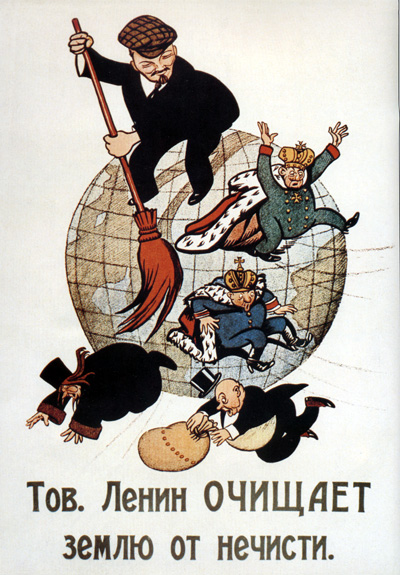During the late 1950s and 1960s, it is estimated that the Soviet Union had some of the highest abortion rates in the world. The abortion rate during this period is not known for sure, because the Soviet Union did not start releasing abortion statistics until perestroika. The best estimates, which are based on surveys of medical professionals during this time, say that about 6 to 7 million abortions were performed per year.
One of the few insights we have regarding abortion during the late 1950s is a survey, conducted between 1958 and 1959, of 26,000 women seeking abortions, 20,000 from urban areas and 6,000 from rural areas. Several facts can be gathered from this survey regarding what kind of women sought abortions and their reasons for doing so. First of all, an "overwhelming majority" of the women were married, though the survey results do not give an exact percentage. Second, we can learn how many children the women had. Of the urban women, 10.2% were childless, 41.2% had one child, 32.1% had two children, and 16.5% had three or more children, making the median number of children 1.47. Of the rural women, 6.2% were childless, 26.9% had one child, 30% had two children, and 36.9% had three or more children, the median number of children being 2.06. Of women seeking abortions, urban women were more likely to have fewer or no children. This may have been an effect of the lack of space faced by urban women.
The survey also examined women's reasons for seeking abortions. It divided the reasons into four categories. The first was "unconditionally removable", things that could be remedied by government action, such as material need, lack of space, no one at home, or no institution to put the child in. The second category was "conditionally removable", things that might possibly be remedied by government action, such as the absence of a husband, family troubles, or illness of one or both parents. The third category was "unremovable", things that were not caused by social conditions, such as a baby in the family or many children already. The fourth category was "unclear causes", such as one or both parents unwilling to have a child and multiple other reasons.
The results for this question were: of the reasons given by urban women, 35% were unconditionally removable, 16.5%, were conditionally removable, 10% were unremovable, and 37.9% were unclear. Of the reasons given by rural women, 26.3% were unconditionally removable, 18% were conditionally removable, 10% were unremovable, and 45.2% were unclear. The most marked different was that more urban women cited lack of space as a reason. The survey results found that abortion rates were much higher among women who work, unsurprisingly, with a rate of 105.5 abortions per thousand pregnancies, as against 41.5 per thousand in women who did not work.
If the abortion rates of this survey are taken to be representative, then during this period the number of annual abortions was higher than the number of live births. This would also mean that the abortion rates in the Soviet Union were the highest of any in the world at that time. By the end of the Brezhnev era in 1982, Soviet birthrates hovered just at or below replacement level except in the Muslim-majority Central Asian republics.

